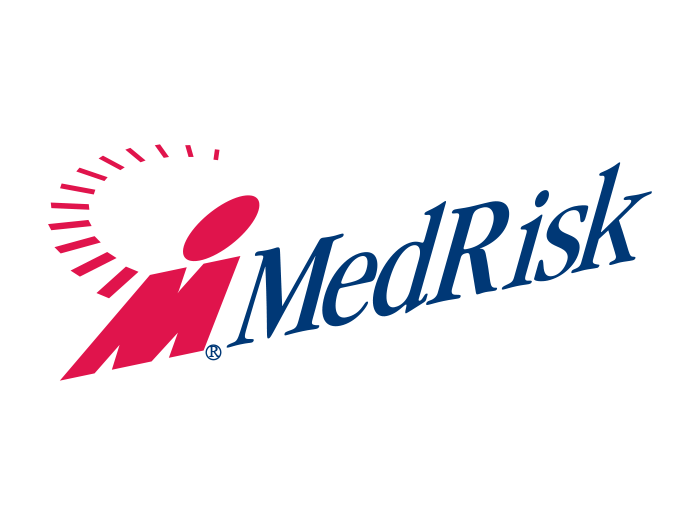Is Your Claims Development Analysis Process in Need of a Refresh? Here’s How Machine Learning Can Help
Machine learning techniques can turn the critical task of identifying changing patterns of claims development and make it a more rewarding activity for both those doing the searching and those who use the information to make decisions.
In my experience, some of the most important questions insurance company senior executives want to know are: “How much adverse development are we experiencing? And what is driving these results?”
Or roughly translated: “Are any parts of the business heading into trouble?”
Typically, the way carriers have gone about answering this type of question is to drill into the characteristics of claims data for patterns of development that are anomalous to results or expectations.
This process can be very time consuming as the volumes of data involved are often large. It also requires a good chunk of experience and general industry knowledge to yield insights of much value. Even then, answers that come from this type of effort can be very anecdotal or inconclusive, not to mention holding greater risk of confirming existing bias.
Flipping the Problem
Modern analytics (often times just referred to as machine learning) offers a smarter way. Fundamentally, this involves flipping the problem – we tell the machine what pattern we are looking for and let the algorithms search the data to uncover those patterns.
This may sound counter-intuitive, but the approach is relatively straightforward. In fact, it’s no different from something that many of us will do on a daily basis in this day and age – using a search engine to scour the internet for interesting links and nuggets of information.
In the same way that you would try to limit the bounds of a search engine query, the most important thing is to be clear to the machine learning algorithm about what you mean by bad results or adverse reserve development – so that the machine knows exactly what it’s looking for.
Specifically, rather than searching for permutations of claims characteristics in swathes of data, you tell the machine to look for claim cohorts that are experiencing unexpected development – and set it off to do the searching.
For example, those might be instances of claims that used to settle for low amounts, but which are now resulting in higher settlements. Essentially, this is the kind of application and use case for which machine learning was built in that it can identify and describe instances of adverse development in a very systematic manner.
Sure, there are specific considerations, such as introducing location-based search functionality using sophisticated geographic smoothing routines and interpreting the results of the automated search, but these require far less analytical manpower and toil than the traditional alternative.
A Question of Time
Instead, insurers could use more of the time and manpower that would previously have been engaged in a mainly manual search to understand why that specific definition of adverse claims development is occurring and devise solutions to identified problems – whether they be the result of new claims procedures, new products or new risks affecting established lines of business, such as climate change impacts.
Moreover, machine learning allows validation of those solutions on a continuing basis. The same algorithms will tell you whether whatever actions you decided upon to try and fix the observed issue, such as changes to policy terms and conditions or altering the product mix, are having the desired effect.
By comparison, how often or regularly, if at all, do senior executives get a chance to reflect on the efficacy of decisions taken? In the case of reserves adequacy, it’s likely to be a quarter later at best.
Ask yourself these three questions.
• How exciting is searching for a needle in a haystack of claims data for adverse development?
• If you’re at board level, is that a good use of your people’s time?
• Is the current way consistently giving you the information you really need to make decisions?
For hard-pressed insurers, whose people are already typically very stretched, machine learning could provide a smarter and quicker way to answer questions about how claims development may be storing up trouble for the business. &










